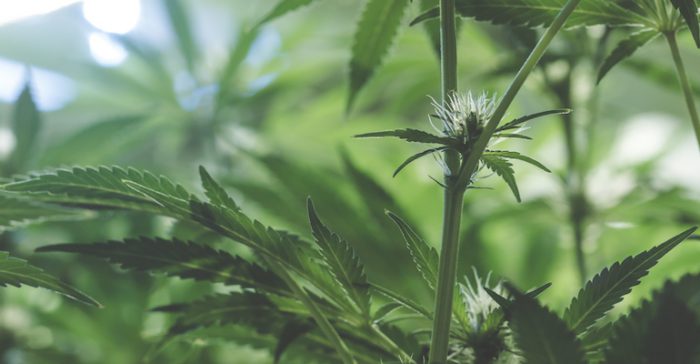 Zondits analyst, Todd Winner, sat down with Brittny Anderson, Director of Operations at The Cannabis Conservancy (TCC) to learn more about the organization and their sustainability certification process.
Zondits analyst, Todd Winner, sat down with Brittny Anderson, Director of Operations at The Cannabis Conservancy (TCC) to learn more about the organization and their sustainability certification process.
- Can you explain briefly what the Cannabis Conservancy does? What is your goal?
The Cannabis Conservancy (TCC) provides sustainability certification to cannabis organizations that adhere to good agricultural practices, are free of harmful chemical inputs, utilize waste reduction methods, are energy efficient, and conserve water. Our mission is to empower and assure that the regulated cannabis industry achieves environmental, economic, and social sustainability. Our goal is to help to elevate the cannabis industry to be the most sustainable industry on the planet.
We provide holistic, third-party sustainability certification for cannabis based on the Seven Pillars of Sustainable Cannabis Production:
- Policy and implementation
- Land and infrastructure
- Cultivation practices (think beyond organic)
- Energy
- Water
- Waste
- Harvest

Our auditing and certification activities are in alignment with internationally recognized benchmarks for certification body accountability including ISO 17065, ISO 17021:2011, and ISO 31010:2009, with an emphasis on consistency, transparency, detail, impartiality, and accessibility.
- What are some of the sustainability challenges facing the cannabis industry today?
The use of harmful agricultural inputs, unsustainable resource use, and the high amount of energy needed to grow cannabis indoors are the top sustainability challenges.
- What is your sustainability certification process and who is eligible?
Any grower is theoretically eligible to become certified; however, some growers’ current practices and systems are closer to being certifiable than others. For example, some growers may have an optimal and sustainable cannabis cultivation operation but may not have any standard operating procedures and record-keeping protocols. Those deficiencies will be discovered through the self-assessment and their evaluation report will include a list of improvements required before an on-site audit can be conducted. Once the corrective actions have been made that grower will be ready for an audit, during which the auditor will determine if they adhere to TCC’s standards and are eligible for certification.
- Specifically, how does your certification process address energy use and energy efficiency?
One of TCC’s Pillars of Sustainable Cannabis Cultivation is energy. TCC Certified Cultivation Facilities are required to have an annual energy audit and set organizational goals that focus on behavioral changes to reduce energy consumption and use energy efficient equipment (lighting and climate control, specifically), among other requirements. Our goal is to meet growers where they are currently at in their operation, but this requires them to measure and monitor their resource use (i.e., energy) to ensure that their environmental impacts and subsequent mitigation are quantifiable and results-driven. We realize that achieving sustainability is an ongoing process, unique to each grower, and have designed the standards to provide the framework for continual improvement.
- Your standards require that “the organization’s energy usage is above or in line with industry benchmarks.” How has the Cannabis Conservancy developed energy-use benchmarks?
Energy benchmarks are in the initial stages of development and our early adopters are part of the group helping to develop them. There is a severe paucity of data in the cannabis industry and we are working diligently alongside growers, utilities, and governments to help change that. In an effort to effect change now and move the needle forward with regards to sustainable practices, we require that growers measure and monitor their energy usage so they have their own internal benchmarks and can make informed decisions going forward. In the future, all of our certified cultivators will need to comply with “energy usage [that] is above or in line with industry benchmarks.”
- What are some of the first steps a grower can take to be more energy efficient?
The first step is to determine how much energy the facility is using. You can’t make informed decisions or measure any changes without knowing what your usage is. This requires an organization to conduct an energy audit and ensure that all equipment is running properly and to repair any broken equipment. Next, it is important to optimize operating schedules to flatten out energy demand. Then you are ready to experiment with different technologies and methodologies to determine what is optimal for your facility and then plan to phase in the technology as equipment needs to be replaced. Working with specialists such as engineers and designers can help to optimize the space. Finally, why not be recognized and celebrated for all of the hard work your organization has done? Seek out third-party certification so consumers can identify your products as being grown using the 7 Pillars of Sustainable Cannabis production.
